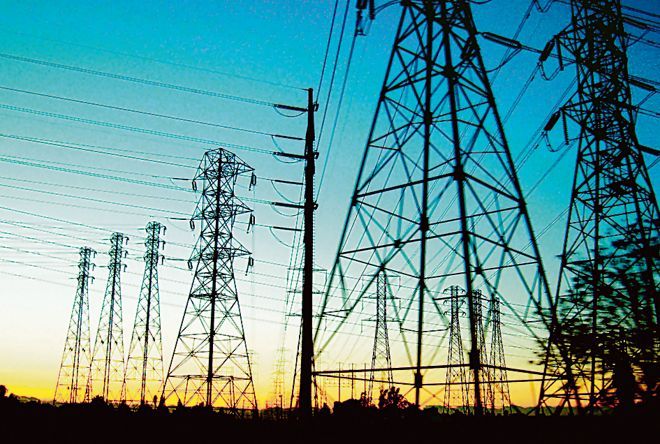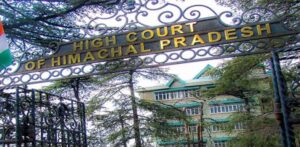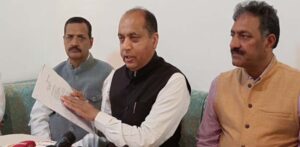Dues not paid for 3 months, private producers selling power to Himachal govt struggle to stay afloat

- Himachal ex-CM Jai Ram asks EC to ban poll guarantees, alleges Sukhu govt has turned ‘national spectacle’ - November 5, 2024
- Congress of Gandhi versus Congress of Rahul Gandhi: BJP’s Rekha Verma takes swipe over ‘mismanagement’ - November 4, 2024
- Scrap dealer staged shooting on himself, finds probe by Baddi SP - November 4, 2024
The Newz Radar
MANDI: Independent power producers (IPPs) supplying electricity to the Himachal Pradesh State Electricity Board Limited (HPSEBL) have not received their dues for the past three months, resulting in significant financial instability for their establishments.
There are currently 152 operational IPPs in the state, producing and selling power. The non-payment of dues directly impacts their day-to-day operations, affecting salary bills, overhead expenses, account books and timely payment of arrears, in addition to compounding interest on loans.
Banks have consistently threatened to declare their accounts as non-performing assets (NPA) if the current conditions persist for the next few months. Despite repeated requests from hydropower companies, the HPSEBL has not cleared their dues. HPSEBL officials claim lack of funds and insist that payments would be released only when funds become available.
According to the agreement, IPPs that entered into a power purchase agreement with the HPSEBL before 2009 sell power to the HPSEBL at a rate of Rs 2.5 per KWH, those commissioned between 2009 and 2013 at Rs 2.95 per KWH, and others at Rs 3.17 per KWH.
The company generates monthly bills based on saleable deemed generation and net saleable energy. The HPSEBL is obligated to make payments within 30 days from the presentation of the bill. IPPs, grappling with recent natural disasters, now face substantial losses due to delayed payments.
In Himachal Pradesh, power projects generate 270-275 lakh units of electricity daily in summers, but this drops to below 100 lakh units in winters due to reduced water discharge in rivers. The power generation scenario is expected to remain affected until the end of winters in March.
The Hydro Power Policy of 2006 aimed to accelerate sector growth with inclusive development and strengthen local participation. The state government permits all categories of IPPs to sell power from their projects, with royalty provided as free power to the state government.
The HPSEBL is required to pay for net saleable energy at the interconnection point, not exceeding the pooled cost of power purchase approved by the commission. The state has a hydropower potential of about 25,000 MW, with 10,000 MW already harnessed and an additional 8,000 MW in various stages of development. The current net annual consumption is approximately 8,500 MUs, with a peak requirement of about 1,400 MW.




